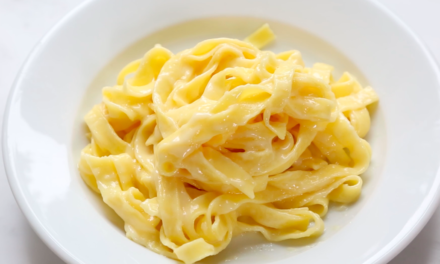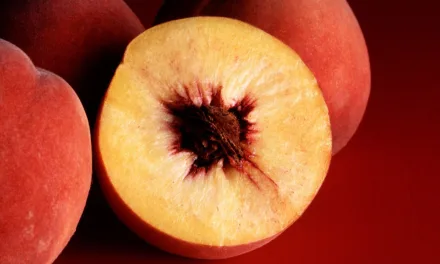Sourdough baking has a devoted community today. Many devotees share starters and tips via the Internet. Hobbyists often proudly share their work on social media. Sourdough cultures contain communities of living organisms, with a history unique to each individual starter, and bakers can feel an obligation to maintain them. “Many like to think that their sourdough is unique, or their creation, or one that’s been handed down for generations, or been over the Chilkoot Pass, et cetera. Because [starter] is ‘alive’ some tender hearts feel an obligation to its permanent health and survival.” The different yeasts present in the air in any region also enter sourdough, causing starters to change depending on location.
Some devotees find interest in history. Sourdough expert Ed Wood isolated millennia-old yeast from an ancient Egyptian bakery near the pyramids of Giza, and many individual starters, such as Carl Griffith’s 1847 starter, have been passed down through generations. “I like the throwback of traditional bread, the things our great grandmothers ate,” writes professional baker Stacie Kearney.Some bakers describe starters generations old,] though Griffith’s seems exceptional.
Sourdough baking became more popular during the COVID-19 pandemic, as increased interest in home baking caused shortages of baker’s yeast in stores, whereas sourdough can be propagated at home.
Sourdough baking requires minimal equipment and simple ingredients – flour, salt, and water – but invites practice. Purism is a part of the appeal. As described by one enthusiast, “If you take flour, water, (wild) yeast and salt, and play around with time and temperature, what comes out of the oven is something utterly transformed.” Many bakers feed their starters on elaborate schedules, and many name them. Some approach sourdough as science, attempting to optimize flavor and acidity with careful measurements, experimentation, and correspondence with professional microbiologists. Some lineages of starter are freely shared, and others can be purchased, but many prefer to cultivate their own. Some techniques for doing so are fiercely debated, such as the use of commercial yeast to jump-start a culture while capturing wild yeasts, or adding grapes or milk.
How to make your own sourdough starter.
Buy your sourdough starter.





Recent Comments